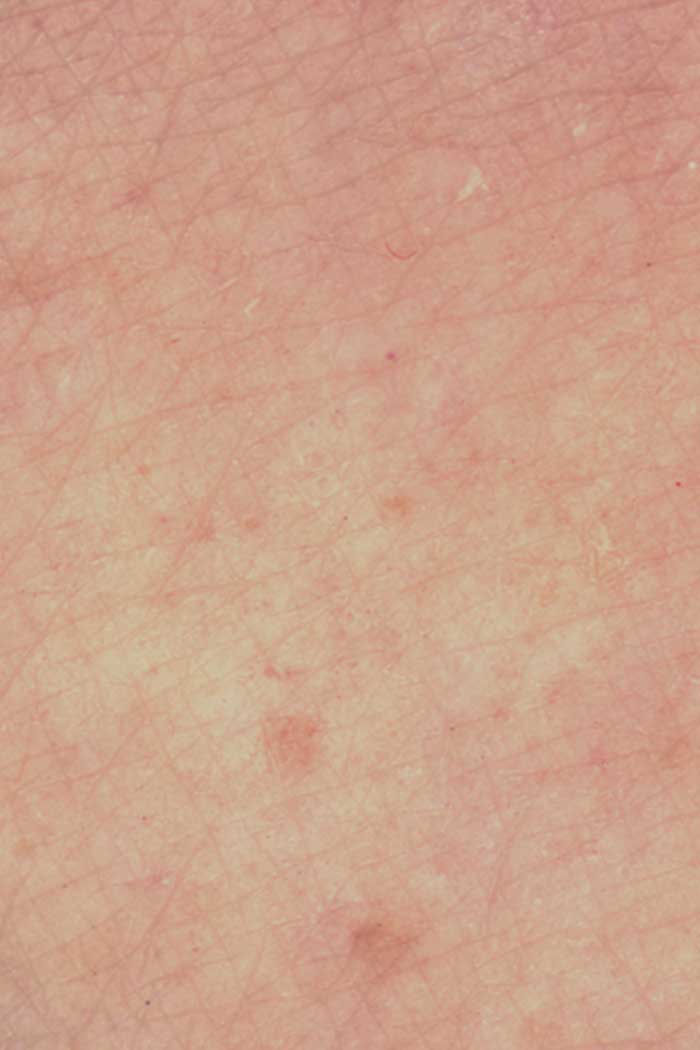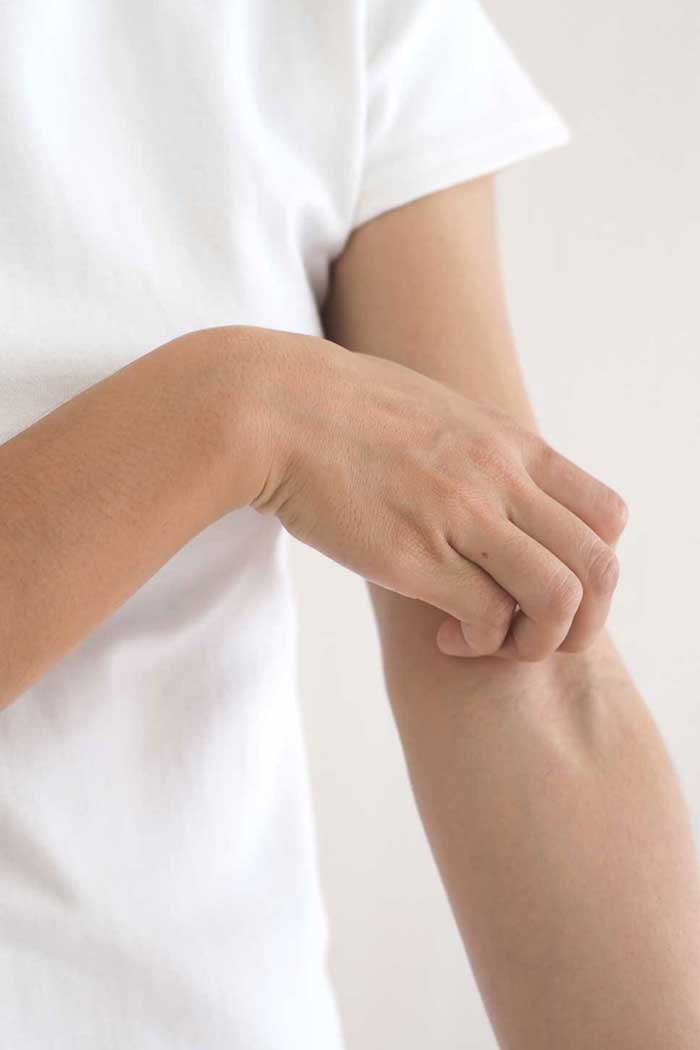Investigation of well-being efficacy
The application of neuroscientific approaches in the cosmetic industry leads to cosmetic products that are aimed to provide wellbeing for the consumer. Utilizing its vast instrumental and methodological portfolio, proderm can investigate the well-being-efficacy of such products in many different ways.
What is Neuroscience?
Neuroscience describes the pathways in between body and brain: A sensually perceived stimulus is evaluated on the basis of the memories stored in the long term memory and the nervous system triggers an automatic reaction into the three categories fight/flight, freeze or positive/no reaction. The fight/flight/freeze reactions are the ones important for survival: these "negative" reactions to stimuli are happening in split seconds and are what helps the body to survive. The brain sends the signal back to the body, to either prepare for fight, to run for life or to immobilize to reduce injuries.
In order to change the reaction to a stimulus that was associated with a 'negative' reaction in the past, a long re-learning of the whole system is required. For this behavioral change it takes more than a sensation of well-being. It takes the awareness of the person experiencing these sensations and the preparedness to change the history to a new future, acknowledging that the automatic nervous system will take over in emergency situations.
Being in the fight or flight mood correlates with emotions of anger, disgust and fear. The freeze state corresponds to sadness and grief. To improve self-esteem or give courage to a human, the whole neurological system has to remain in the state of good mood, the ventral vagal state. A state where joy, courage and curiosity lies. As long as a human can stay in this state, the nervous system will be less triggered by external stimuli.
This spontaneous reaction to a stimulus induces the acute stress cascade in brain and body, releasing hormones, like ACTH and cortisol. This is a beneficial and surviving mode of the whole system. What affects the immune system, body and brain functions and leads to visible signs of stressed skin is when stress becomes chronic. The chronic stress cascade levels up cortisol levels and reduces heart rate variability. It has a hold on breath rhythm, the immune system and more. A beneficial effect on well-being leads to a significant improvement of these chronic stress signs, by reducing the overall stress level.
Neuroscience meets cosmetics
This is where neuroscience meets the cosmetic industry. To enhance mood is a characteristic that is attributed to cosmetics per se: keeping or improving physical appearance, enlightening by perfumes, calming and soothing properties, improving well-being. Stressed skin may occur in many different ways: Redness, fatigue, dullness, papules, eczema, dryness, fine lines due to fatigue, dark circles, puffy eyes, itchiness and so on. Neuroscientific cosmetics are aimed at improving the well-being thus reducing the signs of stressed skin. By feeling more attractive or by being in a good mood, the consumer may even participate more in social life which drives the positive spiral upwards. But how to measure well-being? How to assess a cosmetic's effect in a neuroscientific approach?
The methods to evaluate cosmetic effects range from a variety of subjective questionnaires, published scales or specifically set-up scales by proderm, to instrumental measurements that investigate the mentioned signs of stressed skin, from video-taping emotional responses to physiological parameters, such as heart rate variability or cortisol levels which are related to the stress response of the nervous system. Spontaneous effects of cosmetics require different methods than looking at long-term effects: While showing an effect on the physiological stress reaction or the emotional response to product application is a short-term one, a long-term change in a consumer's life and habits is evaluated by further objective skin parameters and the subjective aspect of well-being. Since methods and objectives vary, it is important to define appropriate designs to the respective effect of the product.
Contact our CRS-team on the neuroscientific path for your products!







